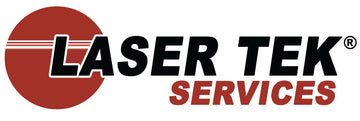Did you know that glass is the easiest post-consumer product to recycle?
All types of glass can be recycled indefinitely without losing purity and with absolutely no waste.
It is refreshing to note that glass is 100% recyclable. If it were like thermoplastics, then its wastes would be an environmental issue right now. Right from the start, glass has been relied upon, from Industrial and electronics applications; to insulation and consumer products packaging, and eventually to medical and home and Architectural application. With the global production of glass, its recycling must be institutionalized.
Recycle. Reuse. Reduce! You can never do wrong with a regular dose of cool recycling ideas for all that junk.
How to recycle glass is similar to the manufacture of glass. Cullet glass is added into the four distinct materials used: sand, soda ash, limestone, color and additives for special treatments. All of these materials come from quarries. Quarries alter the natural landscape while it also contributes to the pollution of the atmosphere. The manufacturing of glass for instance uses energy to heat-up the furnace and melt these materials at around 2,800 degrees Fahrenheit. In the process, it contributes to the CO2 (carbon dioxide) pollution of the atmosphere.
How to recycle glass is a bit trickier. Glass pieces are sorted and similar colors are grouped together. Glass bottles recycle include crushing and ridding the material of contaminants before going into the furnace. There is no distinction since crushed recycled glass is treated as virgin material. Up to 95% of crushed cullet glass is added into the process. This is unlike paper where limit is pegged at 35% or quality of recycled paper suffers.
In the US over 160 million tons of post-consumer glass is thrown into landfills yearly. Glass bottle recycle represents only 34% of annual glass production, or a little more than 80 million tons. From a total annual production of around 200 million tons, percentage of recovered glass is meager. We actually fall short in our recovery effort. This is a far cry from that of Switzerland at 90% or even the UK at 50%. If we can reach the 90% recycling plateau and place our dependence on cullet glass, it could help the environment a lot.
Looking for the highest quality printer consumables available at factory direct prices? Visit http://www.lasertekservices.com today for the best deals in compatible toner cartridges.
Now that you are versed with how to recycle glass, never again throw your glass empties into the trash bin. Remember that even with minimal glass bottles recycle our environment is thoroughly benefited.





